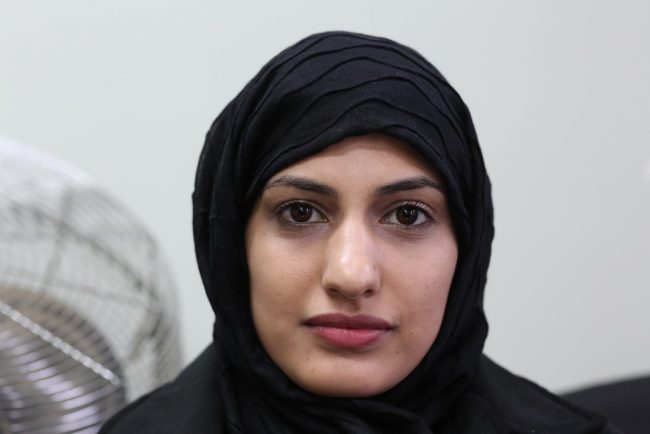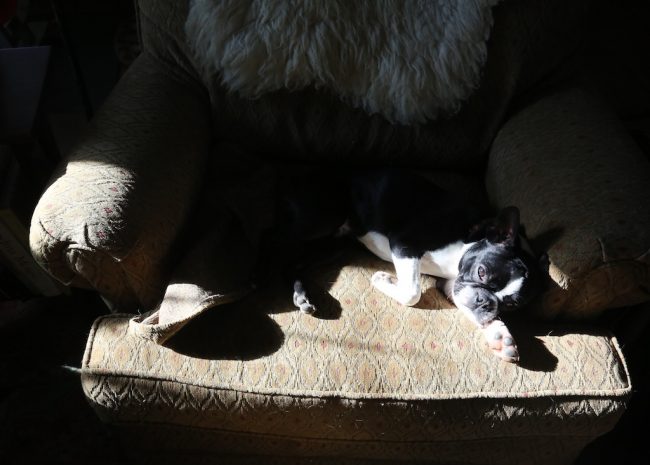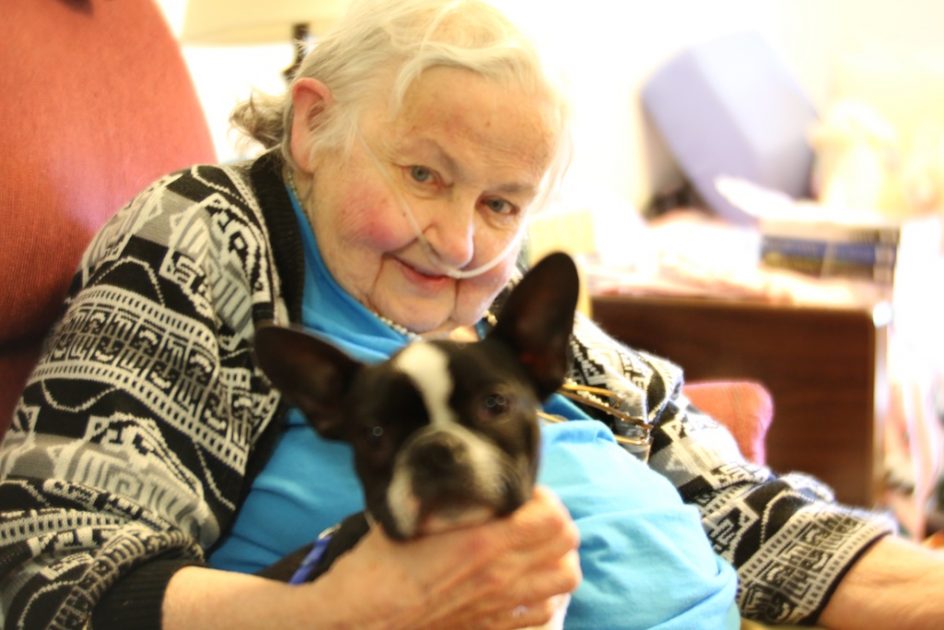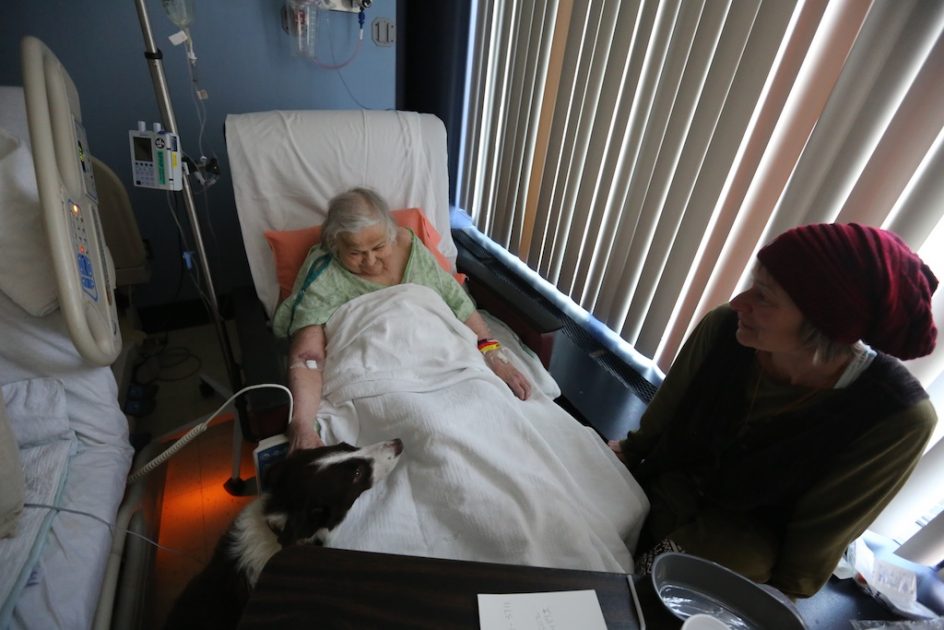
Tafsela is 22 years old. She came here a little more than a year ago from Afghanistan.
I met her Wednesday at the RISSE refugee and immigrant center in Albany.
She agreed to have her picture taken and to talk about her incredible life. She tells her story without expression or emotion, as so many of the refugees do.
She is part of a new series I have undertaken on the blog called “You Belong Here,” inspired by a quilt of the same name I saw in the office of Francis Sendago, the operations director of RISSE.
For me, refugees and immigrants are a seminal part of America, and they are under siege by fearful people and feckless politicians. I wish to show them as they are. They are us, they are our DNA.
I met and photographed five different immigrants and refugees, they are all students in RISSE’s writing and literacy classes. I will post their portraits over the next few days. Today, I wanted to concentrate on Tafsela, an eager and conscientious new resident of America.
I am eager to show people the true faces and spirits of refugees and immigrants. They are no danger to us, not a single refugee has committed an act of terror. They are not here to take our jobs or harm us, they are no threat to us. They appreciate America in a way only refugees can.
Most of RISSE’s students are refugees, and refugees only come here to escape persecution, horror, violence or a natural catastrophe.
They are deserving of our love and compassion – that is the true American soul.
“I love it here very much,” Tafsela told me. “Here, I am free.” The statement sent chills down my spine, many of us forget or never know what it is like to not be free. She knows.
She said it was very, very different for her in Afghanistan. Here, she says she will freely make her own decisions about life. It was the only time she showed real emotion, and great relief.
She is grateful for every day here. She has worked hard to master English.
I can’t imagine a more American sentiment than wanting to be free.
Tafsela is the mother of a four-year-old son, who lives with her in the Albany area. The father did not come to America.
She was compelled into a forced marriage by her family when she was 14. I am not at liberty to say what happened afterwards, but it was chilling for me to hear, and she managed to get herself and her son to America. It was not easy, she is polite and soft-spoken, but I sense a soul of steel.
I think she has come to America at just the right time, no one could understand the women’s revolution better than Tafsela, she understands oppression in a particular way.
Tafsela intends to become a doctor, she plans to go to medical school. She has applied for a cleaning job at the Albany Medical Center, her first stop on the ladder towards becoming a doctor. Perhaps she can do better. Or perhaps that is the right place to start, not for me to say.
Tafsela seems quite poised and determined and looking into those eyes, I have no doubt she will make it. She is intelligent and well-spoken, she has worked hard to learn English and she knows it well. She is now working on her writing skills. I can almost picture her in a doctor’s office or a hospital.
She is impressive. Life for a single mother looking for work in upstate New York is not simple.
She is not discouraged and does not complain.
Tafsela is very grateful to be here. She belongs here. (If anyone in the Capital Region of New York is looking for a trusted and reliable employee, and is reading this, please contact Francis Sengabo, Risse’s co-founder. I can vouch for her, and so can he. Help in this would be appreciated.)
It is almost certain that she would not be admitted to America today.
Francis Sengabo’s e-mail is [email protected], his phone is 518 505-1737, his address is RISSE, 715 Morris Street, Albany, N.Y., 12208.
Life is challenging Tafsela in America, she is very much on her own.
She has a car, but Francis told me she can’t afford the insurance so that she can drive.
She had a job cleaning rooms at a Best Western hotel, but she was laid off recently. She carries a letter of recommendation from the hotel manager who went to some trouble to explain that the reason for Tafsela lost her job was that this is the slow season for the hospitality industry.
As our conversation began to wind down – I had to get back to the farm – Francis wondered if any of the blog readers might help with her car insurance. I said that wouldn’t be necessary. I told Tafsela about the Army Of Good and she smiled, but was puzzled, i think.
I wrote her a check for $176, the amount she needs for her car insurance. Winter is approaching, and transportation is vital, for life, for her son, for work.
I am grateful to be back talking to the refugees and the immigrants. I am eager to try and capture something of their lives and show them what the soul of America truly is.
And it was a tonic to meet Tafsela just hours after learning of the death of Connie, who lived in the Mansion. This year I have learned that my response to conflict and sadness is to find ways to do good. it works.



